Here's Why Trader Joe's 'Two-Buck Chuck' Is So Cheap
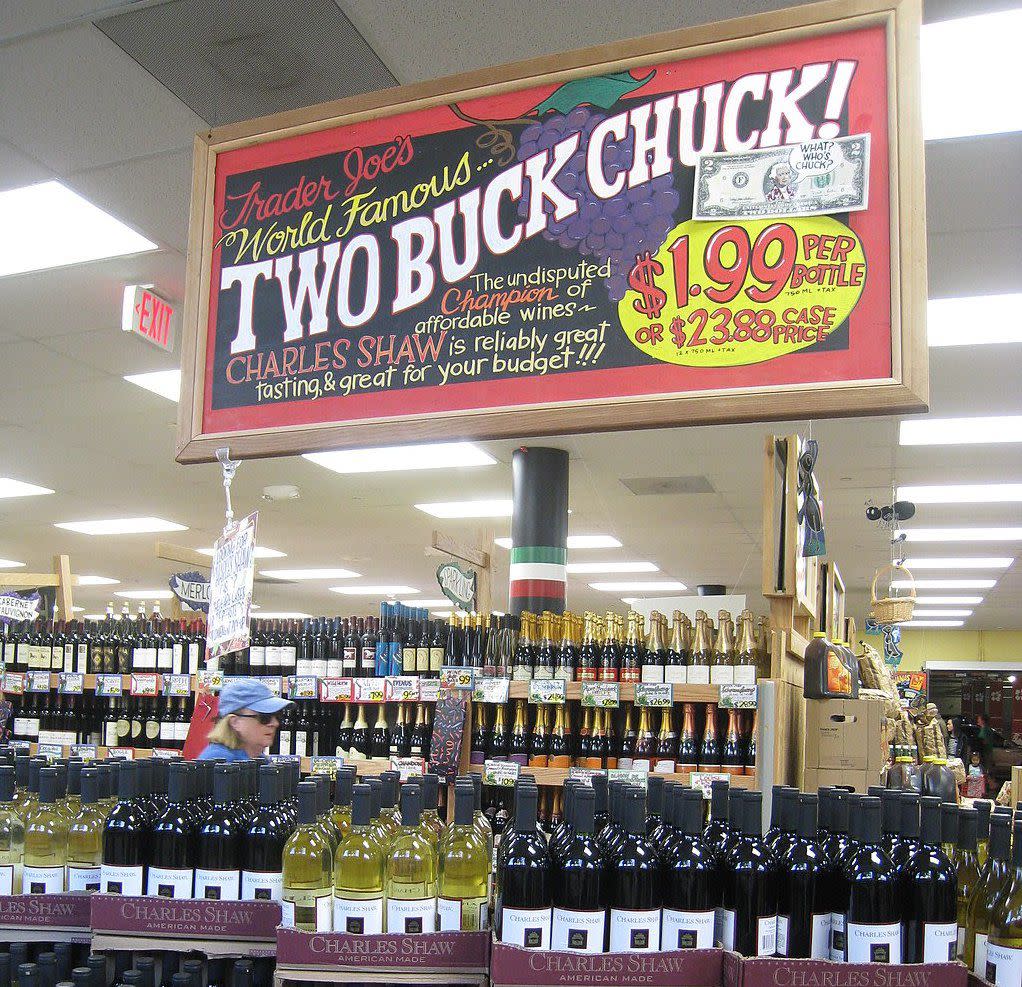
Producing a single glass of wine takes gallons of water, hours of labor, hundreds of shiny stainless-steel storage tanks, and miles of gas-guzzling transport. So how is it that a single bottle of vino can cost just a few dollars? (The wine inside a bottle of Trader Joe’s Charles Shaw brand — iconic as "Two Buck Chuck" — has a retail value of just 75 cents, one expert estimated in 2020.) Bronco Wine Co., the winemakers behind Two-Buck Chuck, have the answers.
Related: Will Inflation Kill Trader Joe's Two Buck Chuck?
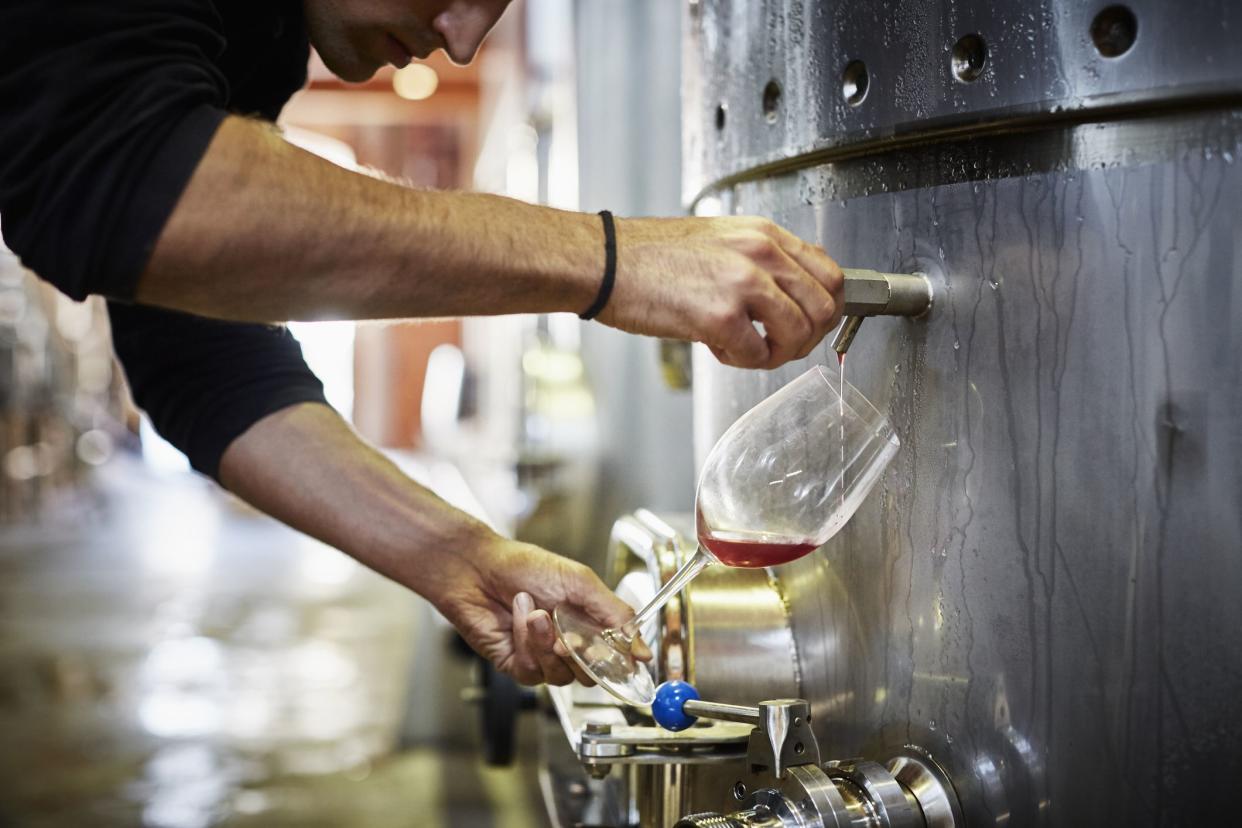
When you uncork a bottle of Charles Shaw, you won’t really know what you’re drinking. That’s because part of Bronco’s business model, pioneered by the late Fred Franzia, is buying surplus wines from other wineries and slapping the Charles Shaw label on the bottle. Bronco can buy gallons of the surplus for a steep discount because wineries have to get rid of this excess product (or else pour it down the drain),
“They made it [look] like this was a real bottle of wine. And what was in it was sort of incidental. And honestly, no one has much complained," wine expert Jon Bonne said in an interview with KALW. Franzia’s money-saving strategy also explains why another wine expert has described Charles Shaw as a “moving target.” By nature, it’s an inconsistent wine.
Related: Cheap Imported Beers Better Than Budweiser
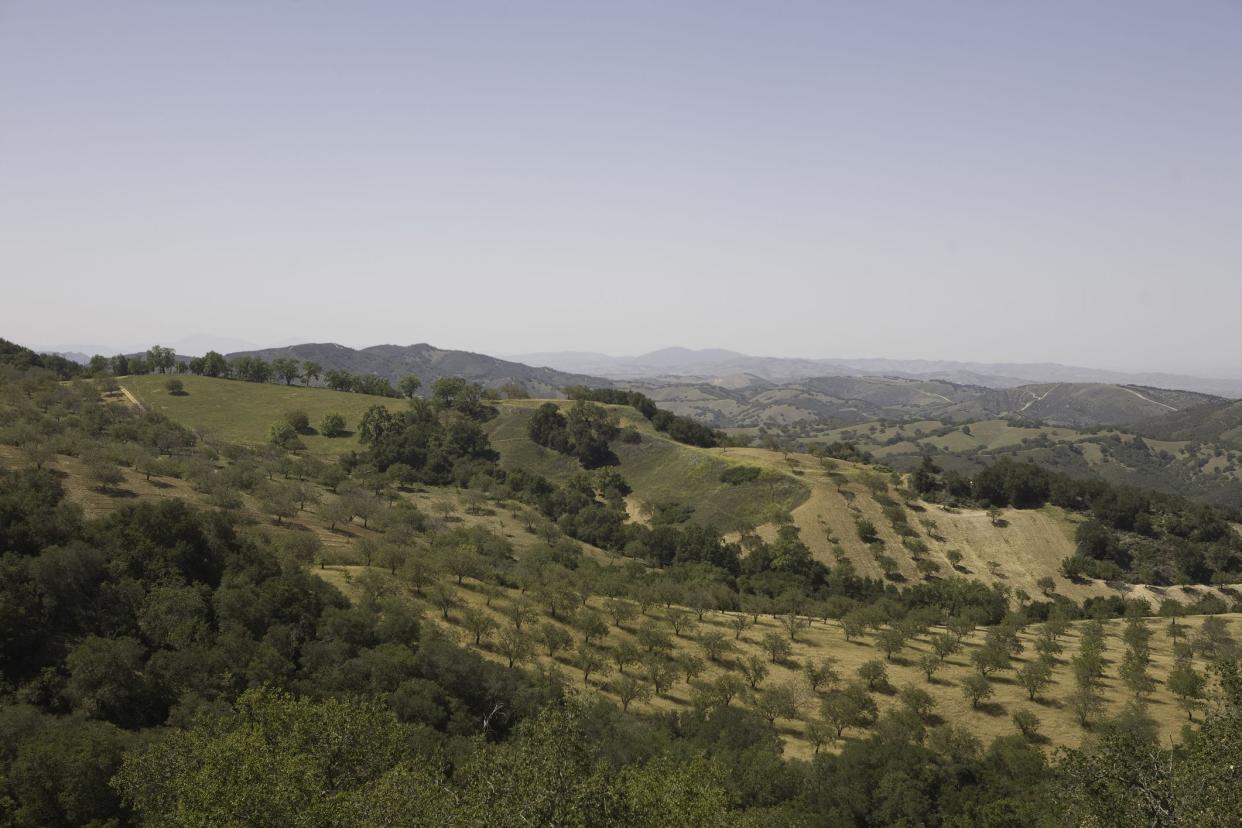
Bronco's Charles Shaw wines is headquartered in Ceres, California, where land is cheaper than in nearby Napa, but each label says "Napa Valley." Confused? Bronco bottles its wines at a 92,000-square-foot plant in Napa. Not only does the state-of-the-art facility produce wine at an impressive clip — spitting out 245 bottles a minute — but it lets Bronco add the prestigious Napa Valley designation. The practice has earned Charles Shaw the title of “ZIP Code Winery.”
Related: Affordable Wine Clubs That Will Satisfy Even the Snobs
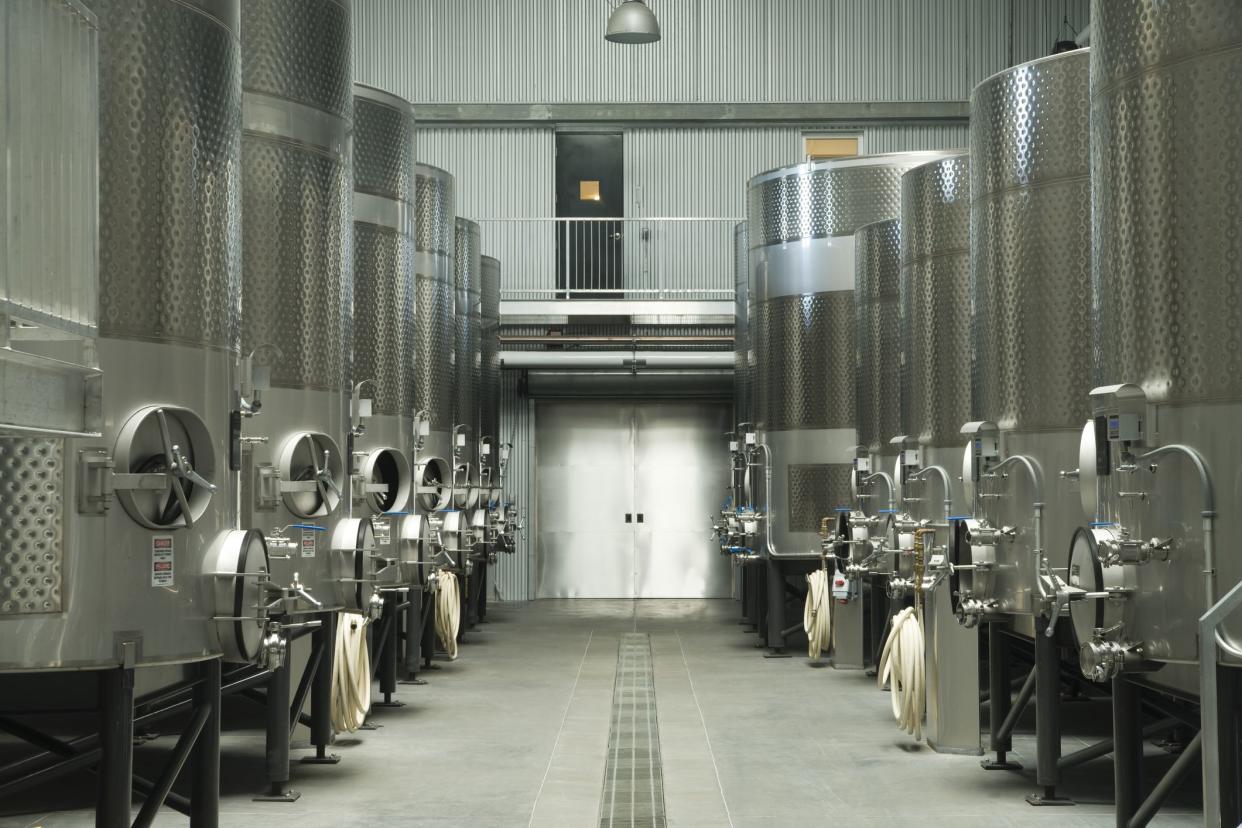
The best wineries age their wine in large oak barrels that cost upward of $1,000. Bronco makes its Charles Shaw wine in stainless steel barrels with oak chips, a budget-friendly option that replicates a barrel-aged wine’s flavor.
“Speaking in broad generalizations, wines made with oak chips are more likely designed to be consumed in the near-term, as opposed to being laid down for aging,” Wine Spectator explained. “That’s not a knock against them: I’m glad that the oak alternatives mean that there are plenty more affordable wines out there with these oak-influenced flavors.”
For more great food and drink content, please sign up for our free newsletters.
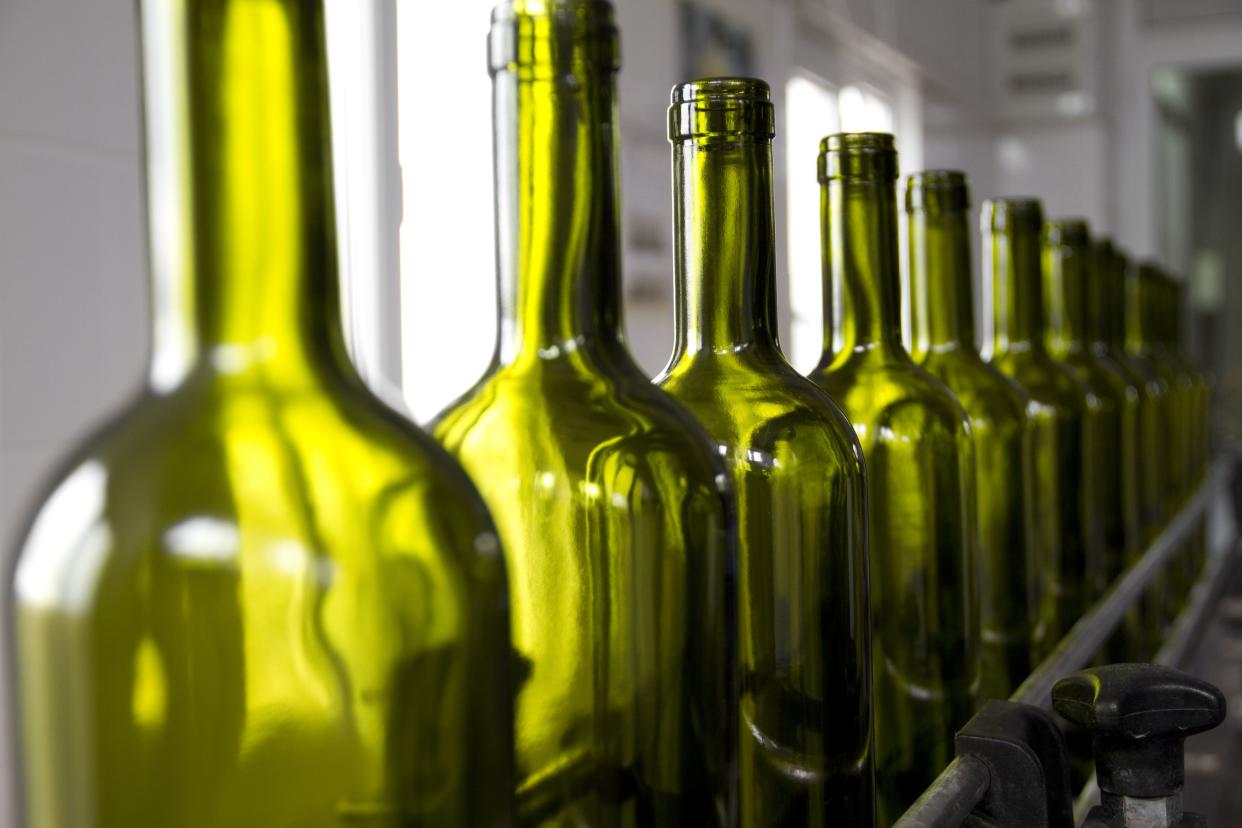
Bottling Charles Shaw in lightweight glass cuts transport costs, allowing each truck to carry a larger-than-typical load. “In a truckload of wine, instead of shipping 1,200 cases, you are shipping close to 1,440 cases. So basically one in every five trucks is paying for itself, reducing carbon footprint,” Bronco Wine’s marketing director Joe Franzia told KALW.
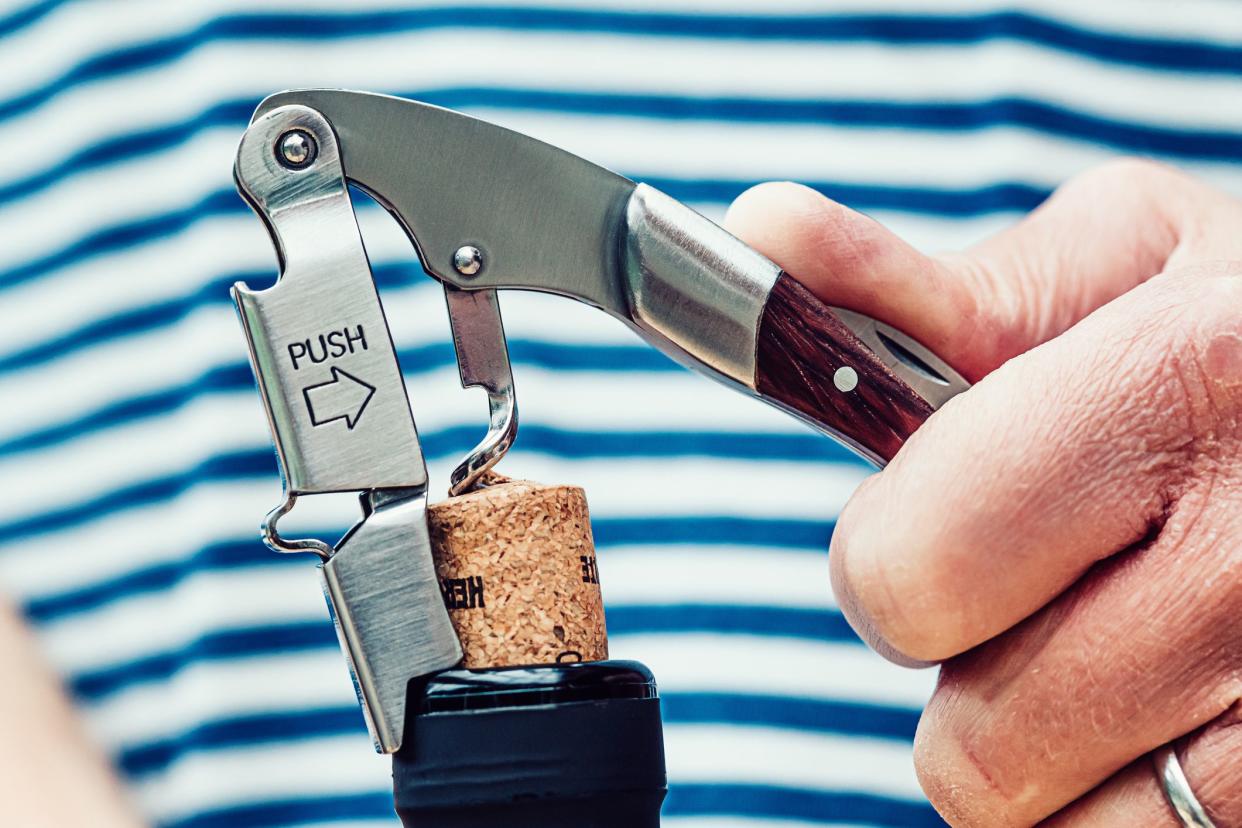
Charles Shaw is an upscale take on “super-value” wine — upscale because it boasts a Napa ZIP code, comes in grape varieties such as pinot noir, and is preserved with a cork and not a screw top. That said, Bronco uses one of the cheapest versions of real cork: a composite with a natural-cork veneer at the bottom. “We believe cork to be the primary closure method for wine, so we want to maintain the high quality of cork with a natural tip as a barrier between the composite and a wine itself,” Joe Franzia told KALW.
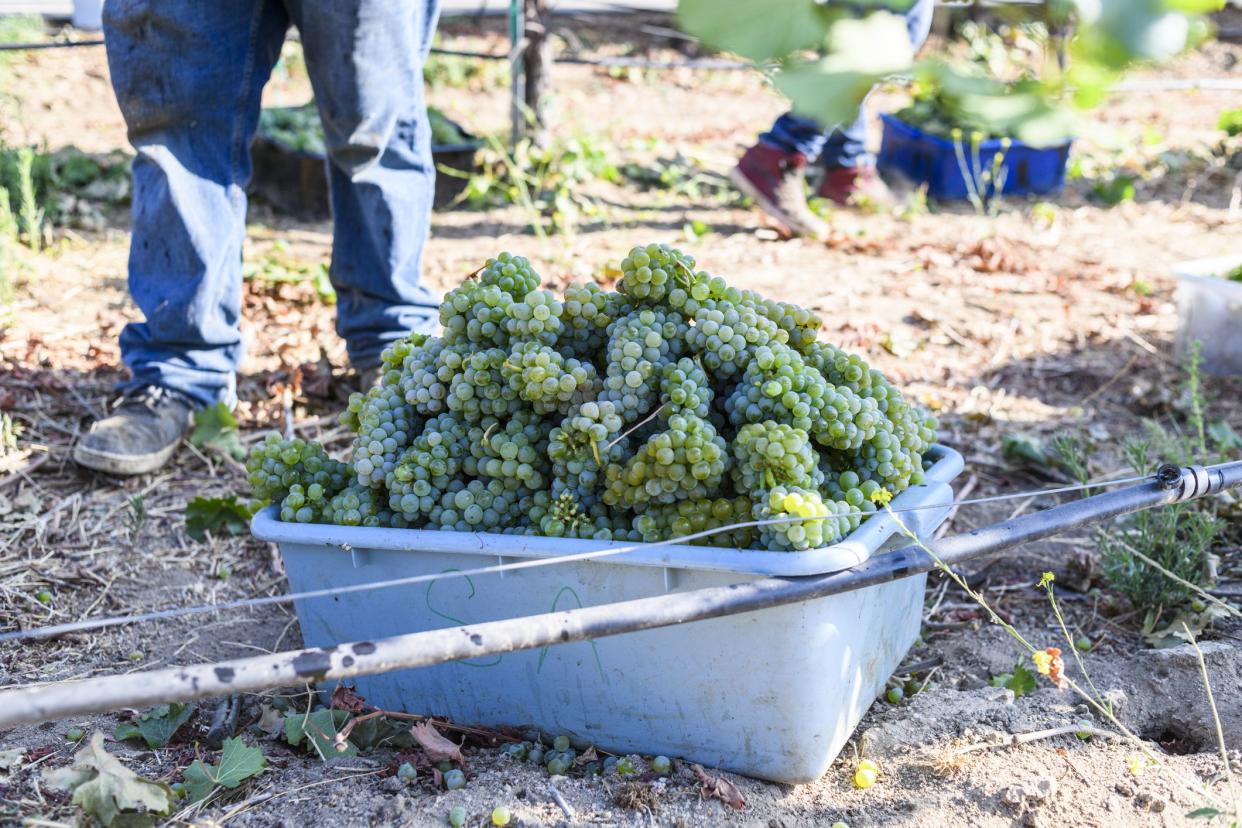
If there’s a dark side to the wine industry, it’s the labor that goes into harvesting grapes. It involves grueling shifts in the hot California sun, long hours, and exposure to harmful pesticides — not to mention bosses who exploit undocumented migrant workers. This is especially true among winemakers who cut corners.
In one particularly egregious labor violation, a pregnant harvester, a 17-year-old named Maria Isabel Vasquez Jimenez, passed out and later died from heat exhaustion in 2008. The vineyard was partly owned by Bronco. Her death led 500 farm workers to march on California’s state capital to demand better working conditions. “To do farming for grapes that are that cheap, you need to find labor that is as cheap as you can get,” Bonne told KALW.
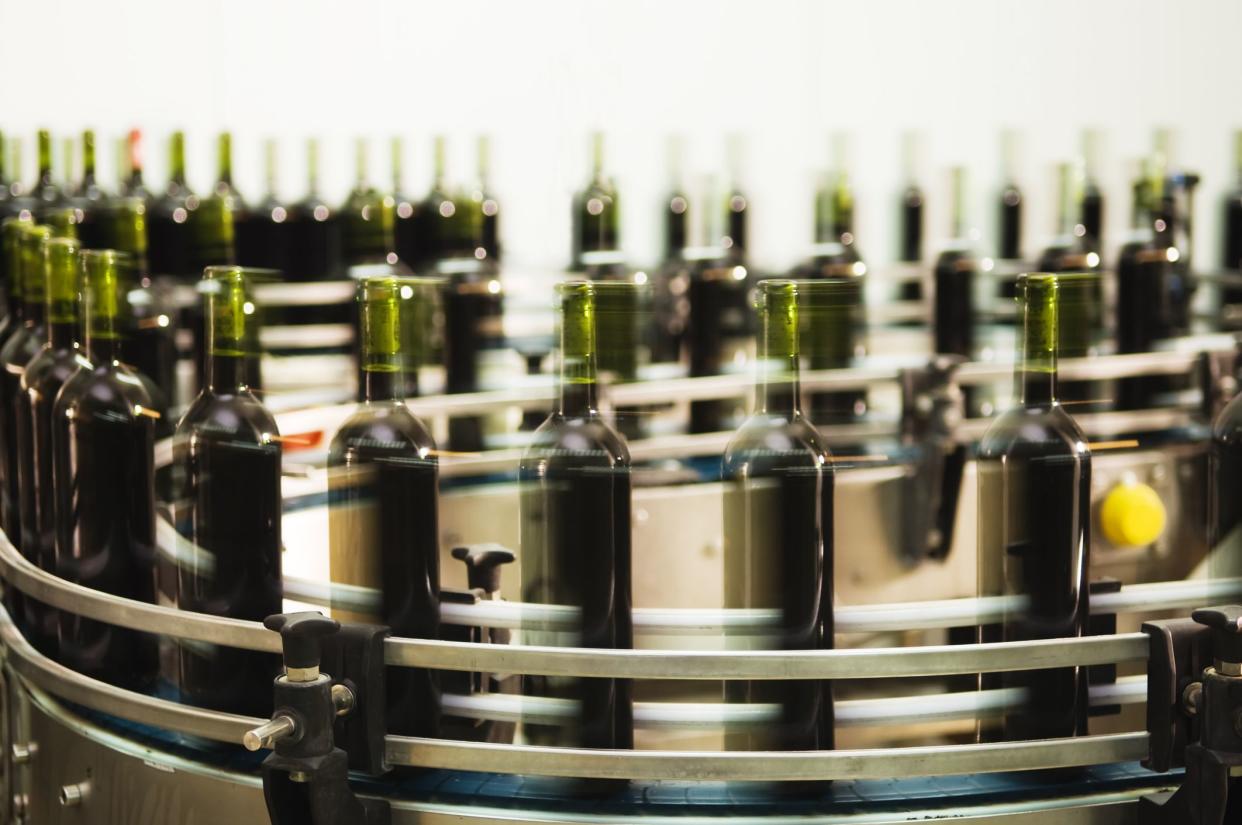
Franzia built a winemaking empire at Bronco, trailblazing an unorthodox path for cheap "super value" wines. Charles Shaw, once a small label, became emblematic of that new approach. If you're willing to subvert the norms of the establishment by buying surplus wine, cutting costs, and finishing it off with a less-expensive cork and Napa Valley label on a technicality, you can sell for dirt cheap.
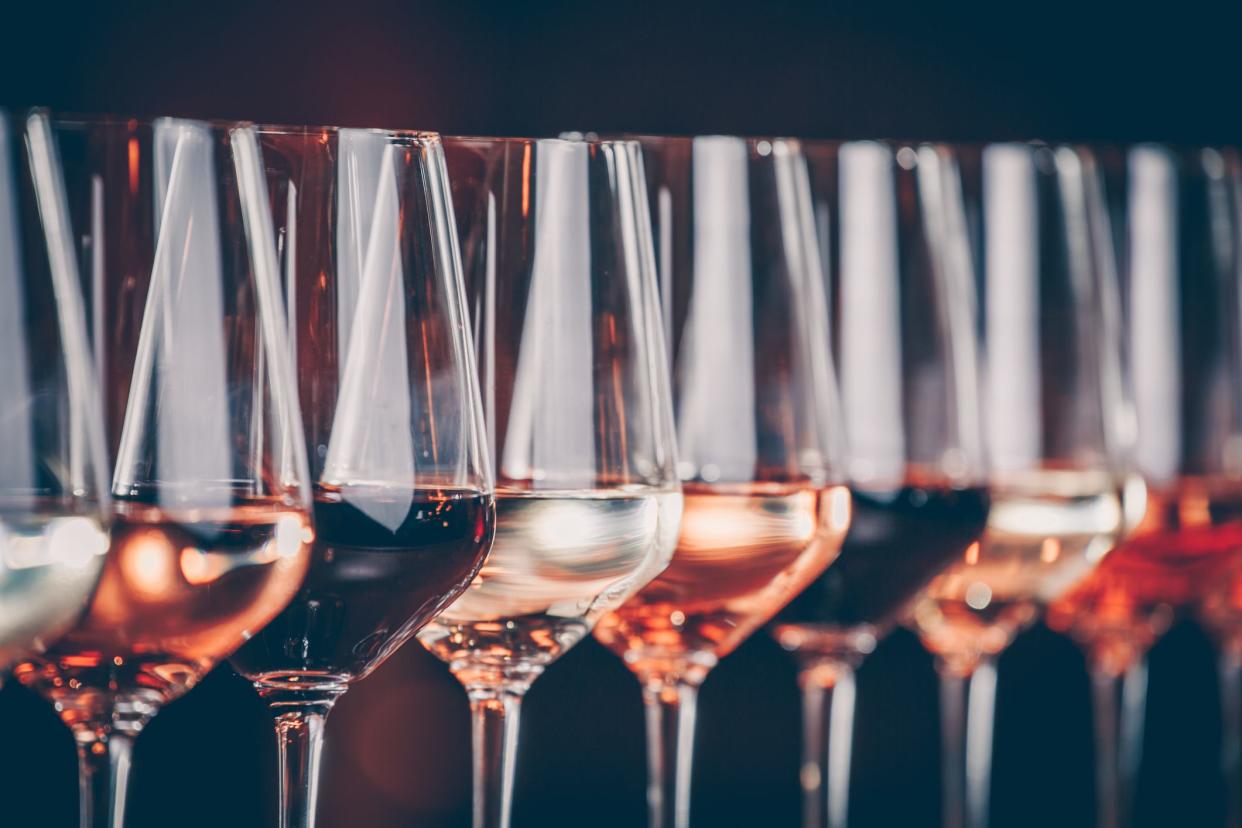
We Tried the Walmart and Target Wines, and These Are the Best
The End of Emotional Support Animals? Every Major Airline's Policy
Like Cheapism's content? Be sure to follow us.






